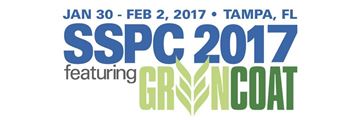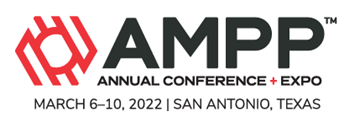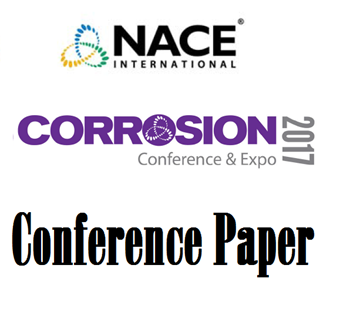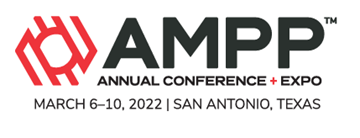Search
Individual Conference Papers
View as
Sort by
Display
per page
How to Write a Good Process Control Procedure
Product Number:
41212-709-SG
Publication Date:
2012
$20.00
How Vapor Resistance Properties of Coatings Affect Exterior Wall Moisture Performance
Product Number:
41206-247-SG
Publication Date:
2006
$20.00
How we learn from our history in the development of the next generation of linings
Product Number:
MPWT19-14325
Publication Date:
2019
$0.00
How You Can Benefit From a Coatings Program
Product Number:
41205-215-SG
Publication Date:
2005
$20.00
Hubble Bubble Rising: A New Beginning - The Better Way
Product Number:
51217-039-SG
Publication Date:
2017
$20.00
Hubble Bubble Tests and Trouble: The Dark Side of Misreading the Relevance of Coating Testing
Product Number:
41210-558-SG
Publication Date:
2010
$20.00
HVDC & HVAC Powerline Interference On Cross Country Pipeline: A Case Study
Product Number:
51321-16614-SG
Publication Date:
2021
$20.00
Hydrochloric Acid Corrosion Of A Venturi Gas Scrubber In A Continuous Catalyst Regeneration (CCR) Platformer
Product Number:
51322-17770-SG
Publication Date:
2022
$20.00
Hydrogen Charging Of Armco Iron And L80 Steel In Various Electrolytes
Product Number:
51322-17604-SG
Publication Date:
2022
$20.00
Hydrogen Cracks in Belgian Nuclear Reactor Pressure Vessels: Five Years After Their Discovery
Product Number:
51317--9457-SG
ISBN:
9457 2017 CP
Publication Date:
2017
$20.00
Hydrogen Embrittlement Failure Of Nickel Alloy UNS N07716-140 Tubing Retrievable Safety Valve Component Installed In A Sour Production Gas Well
Product Number:
51322-17709-SG
Publication Date:
2022
$20.00
Hydrogen Embrittlement of Additively Manufactured Inconel 718
Product Number:
51319-13453-SG
Publication Date:
2019
$20.00












